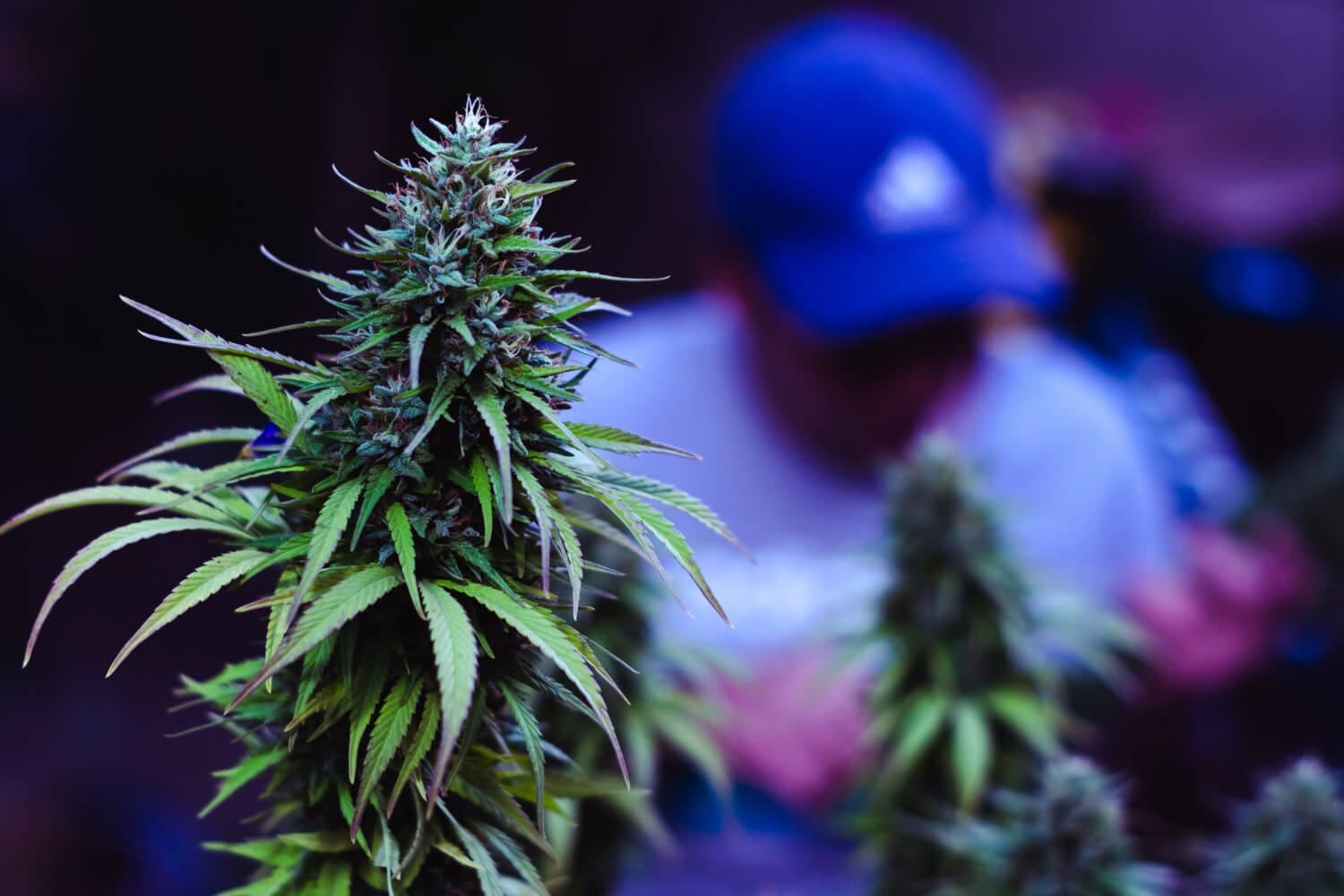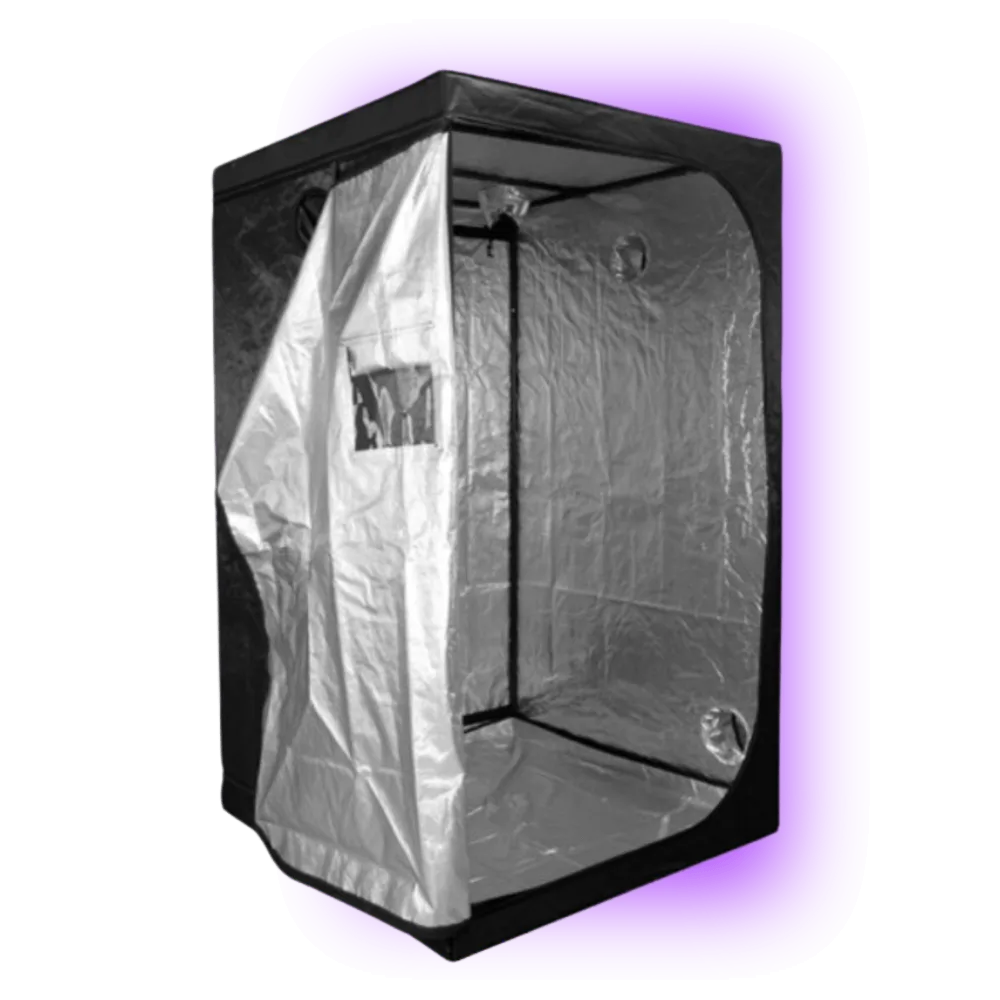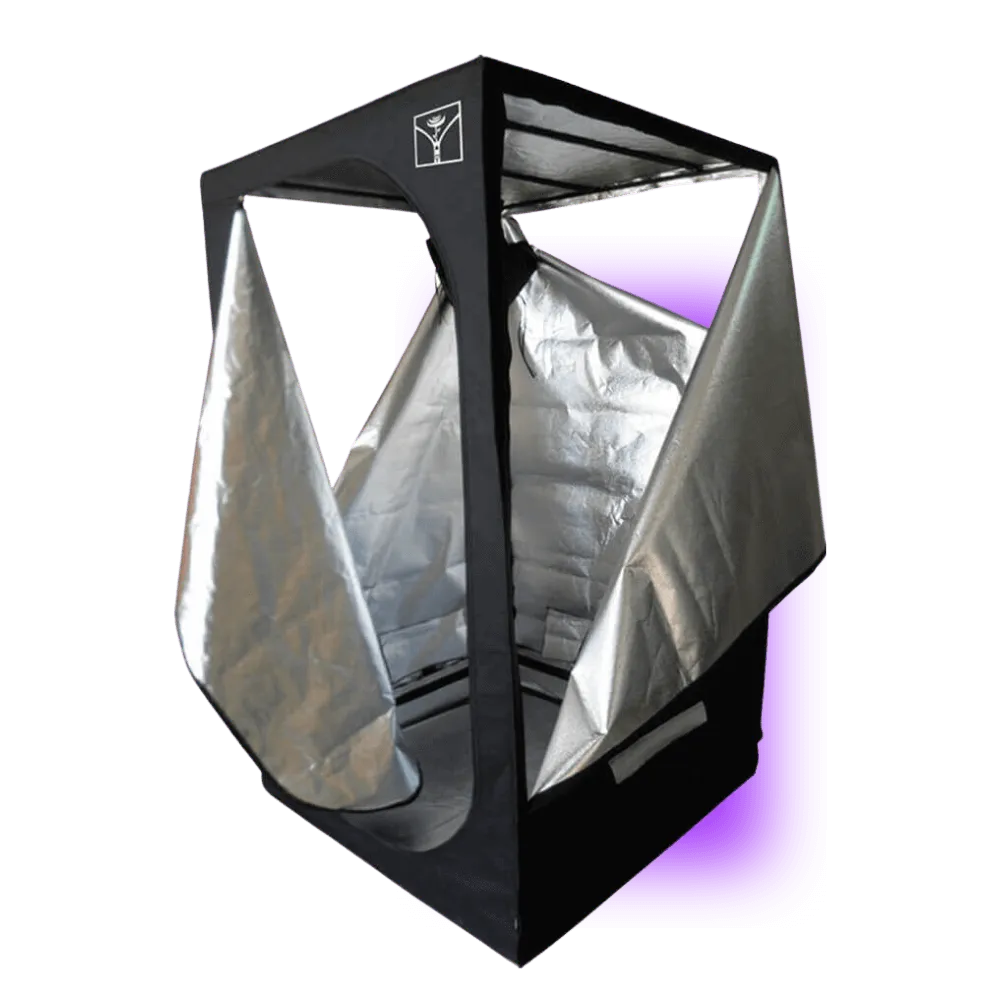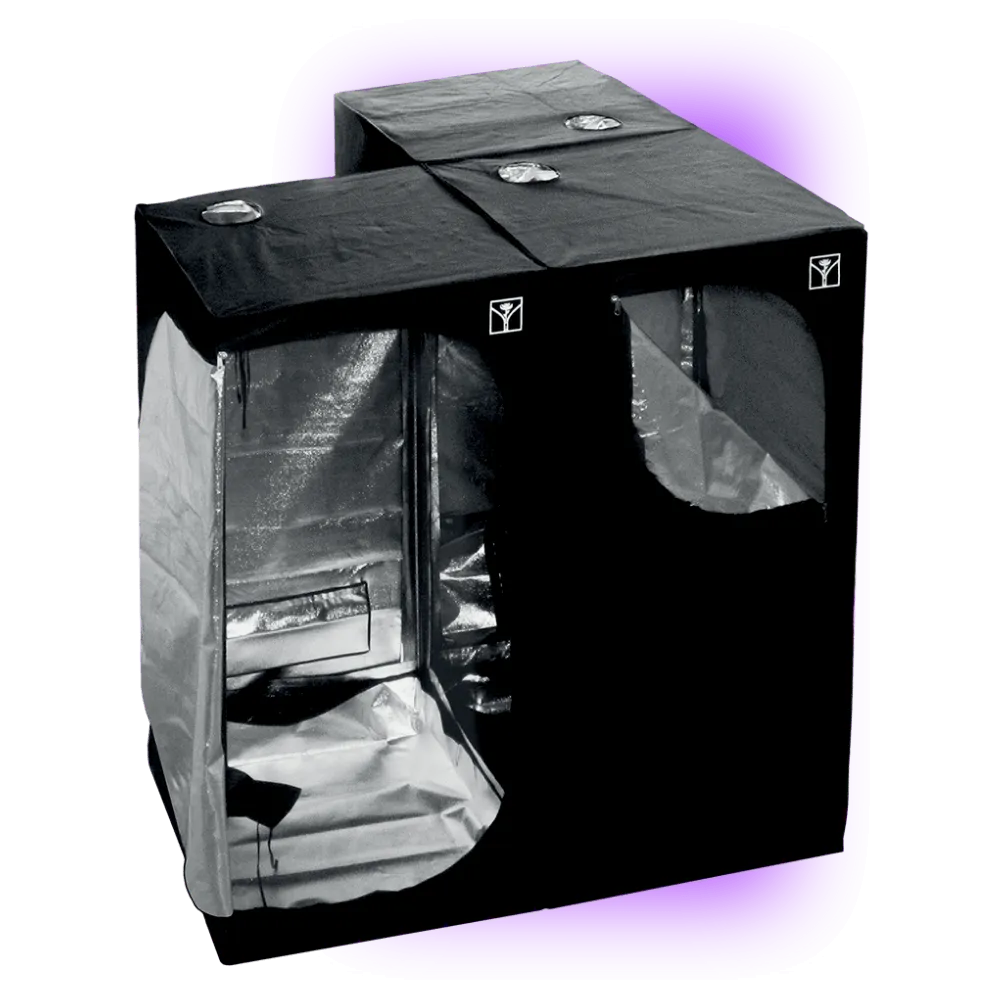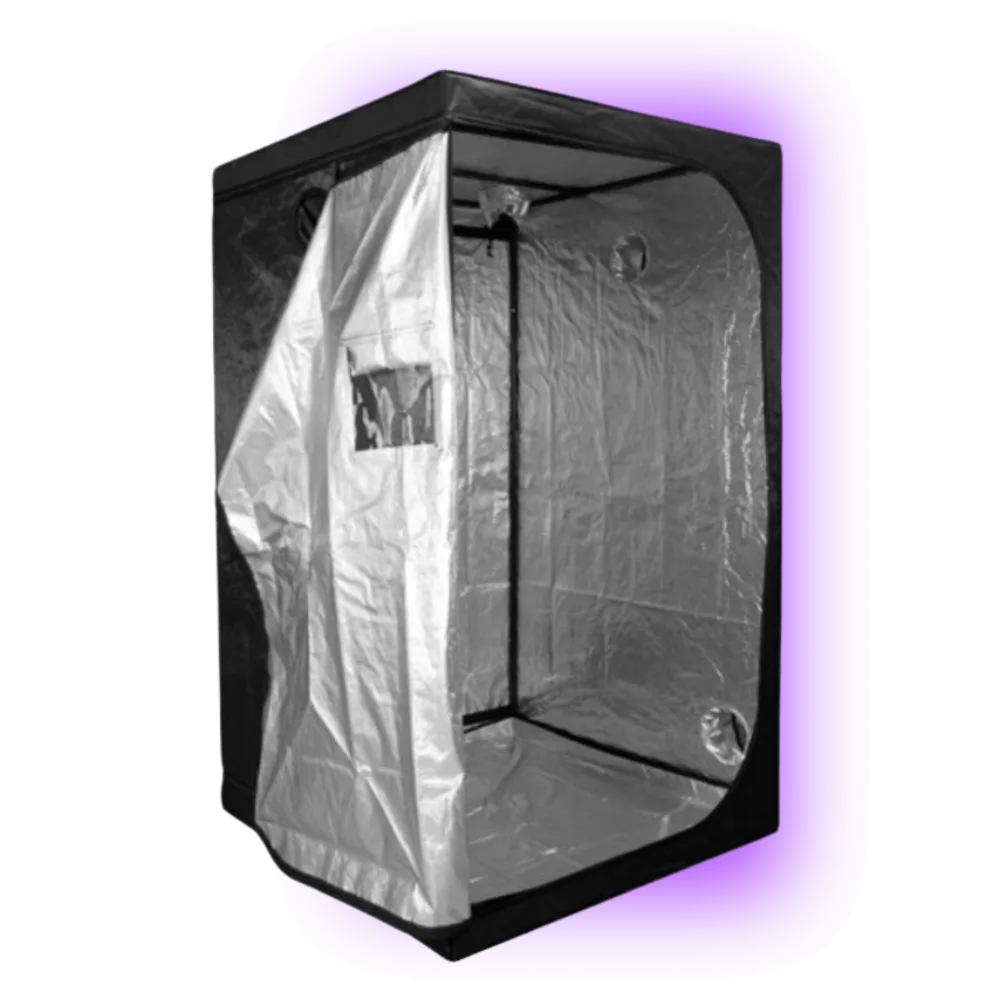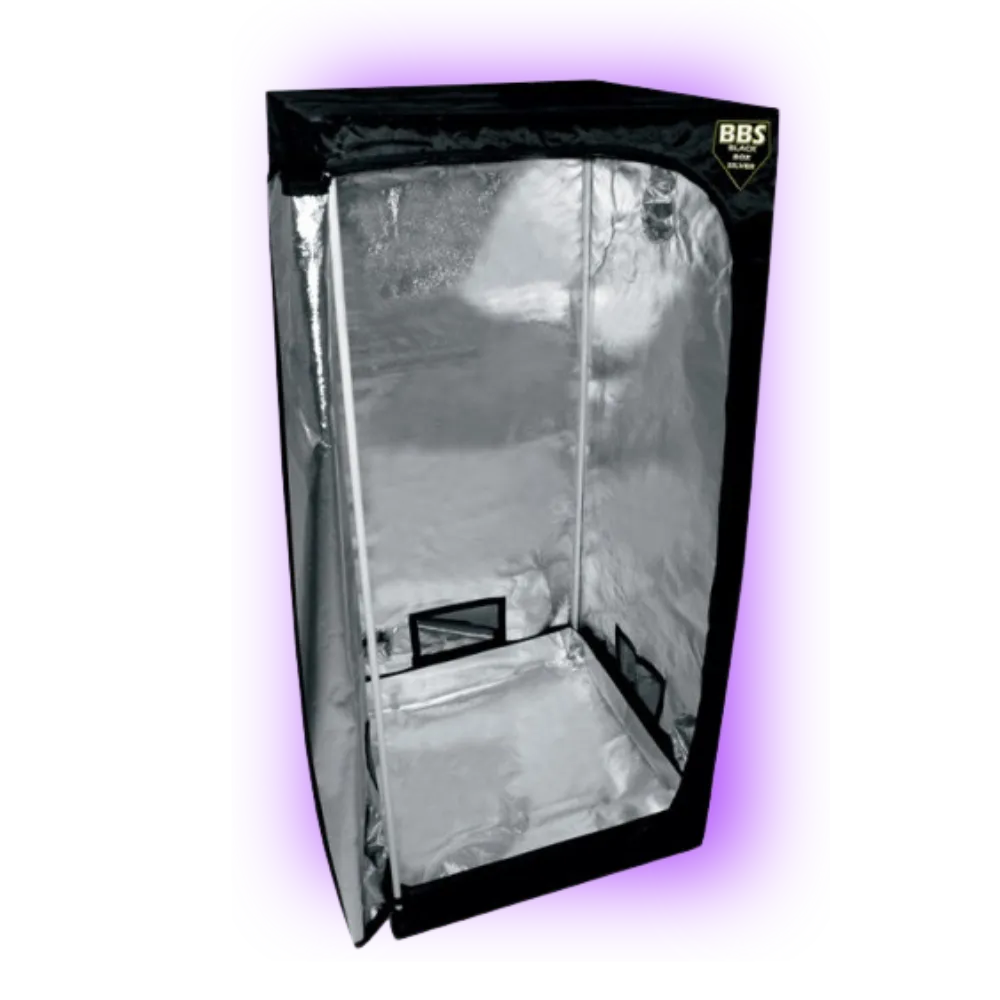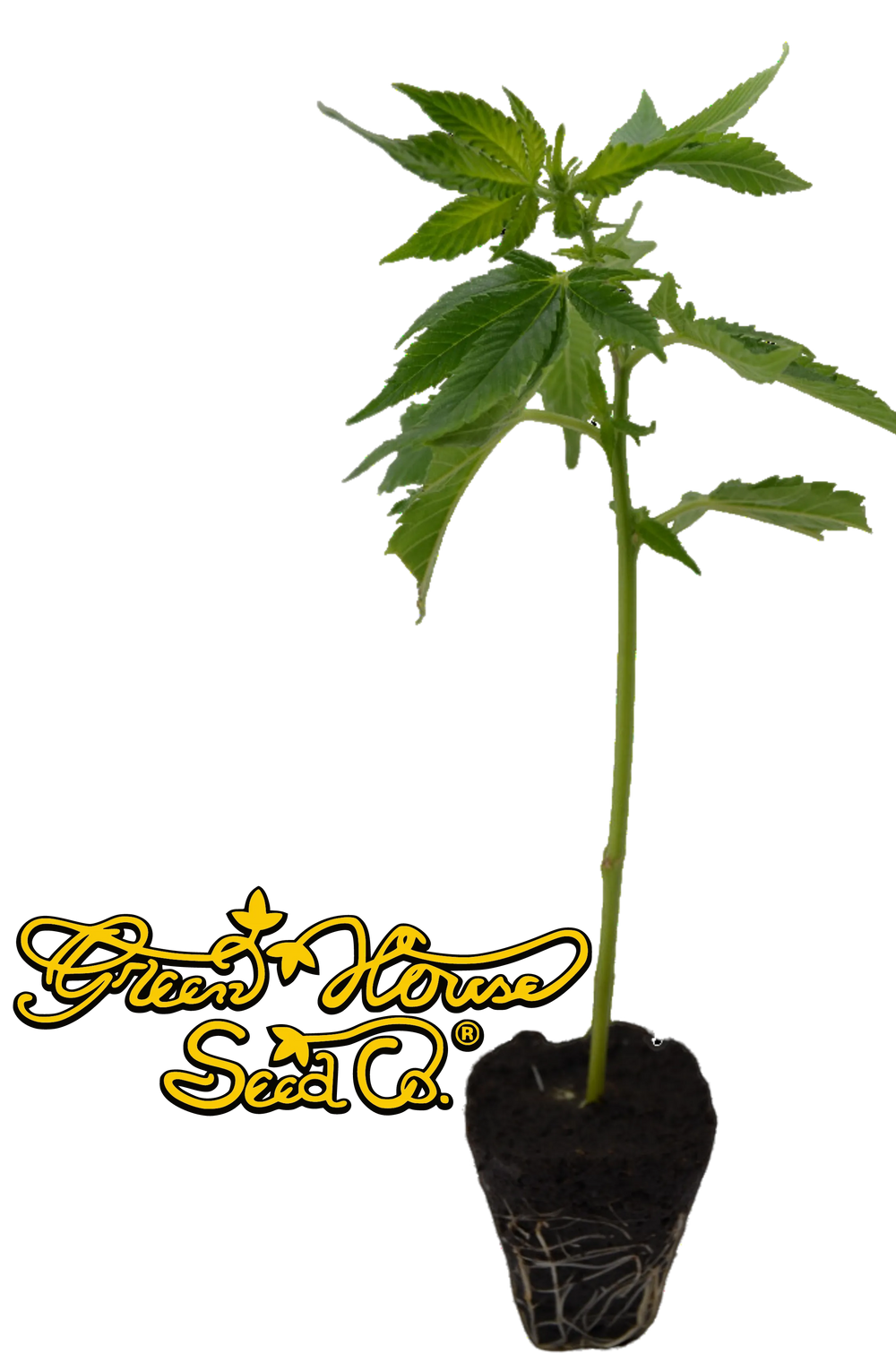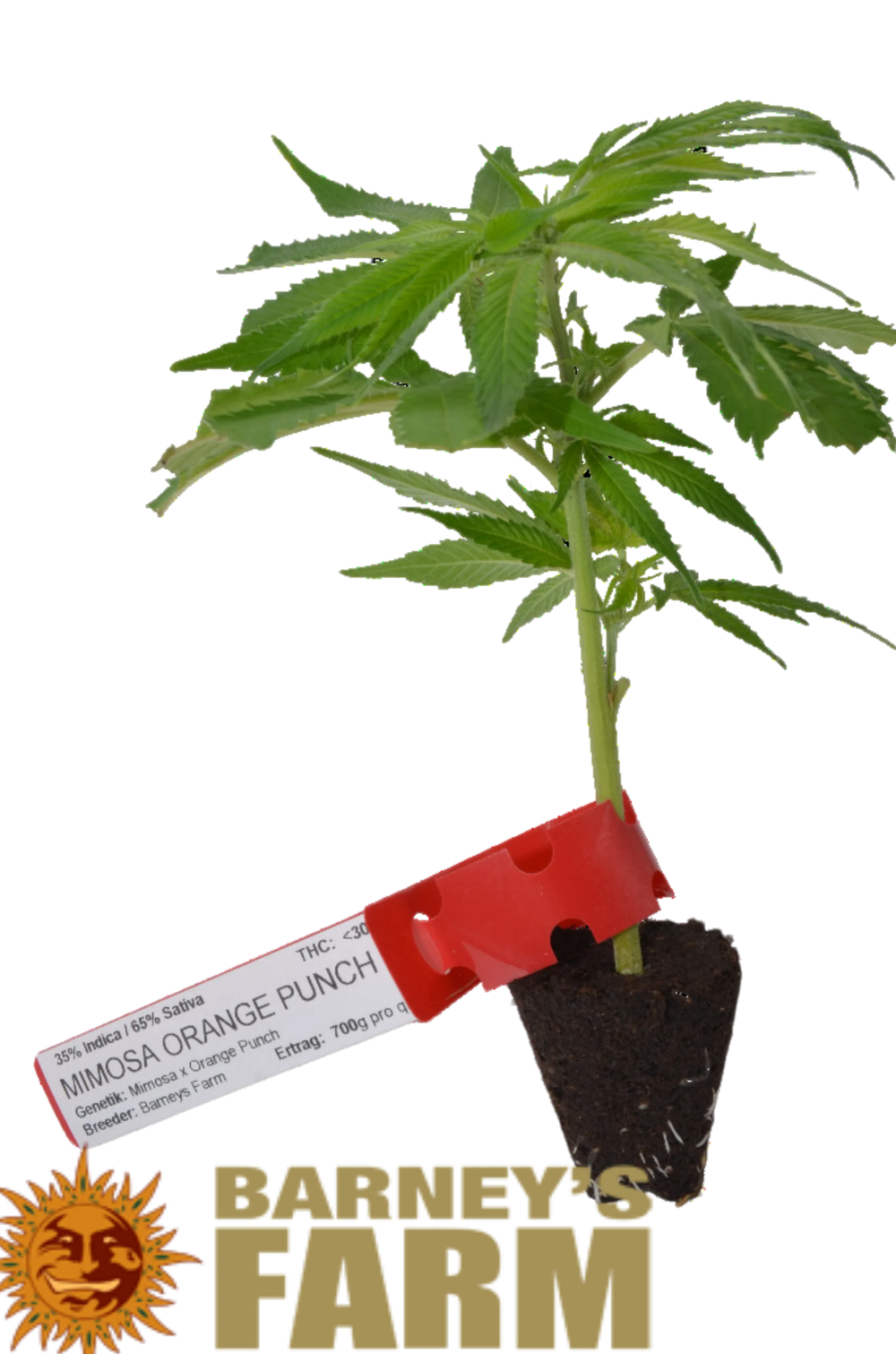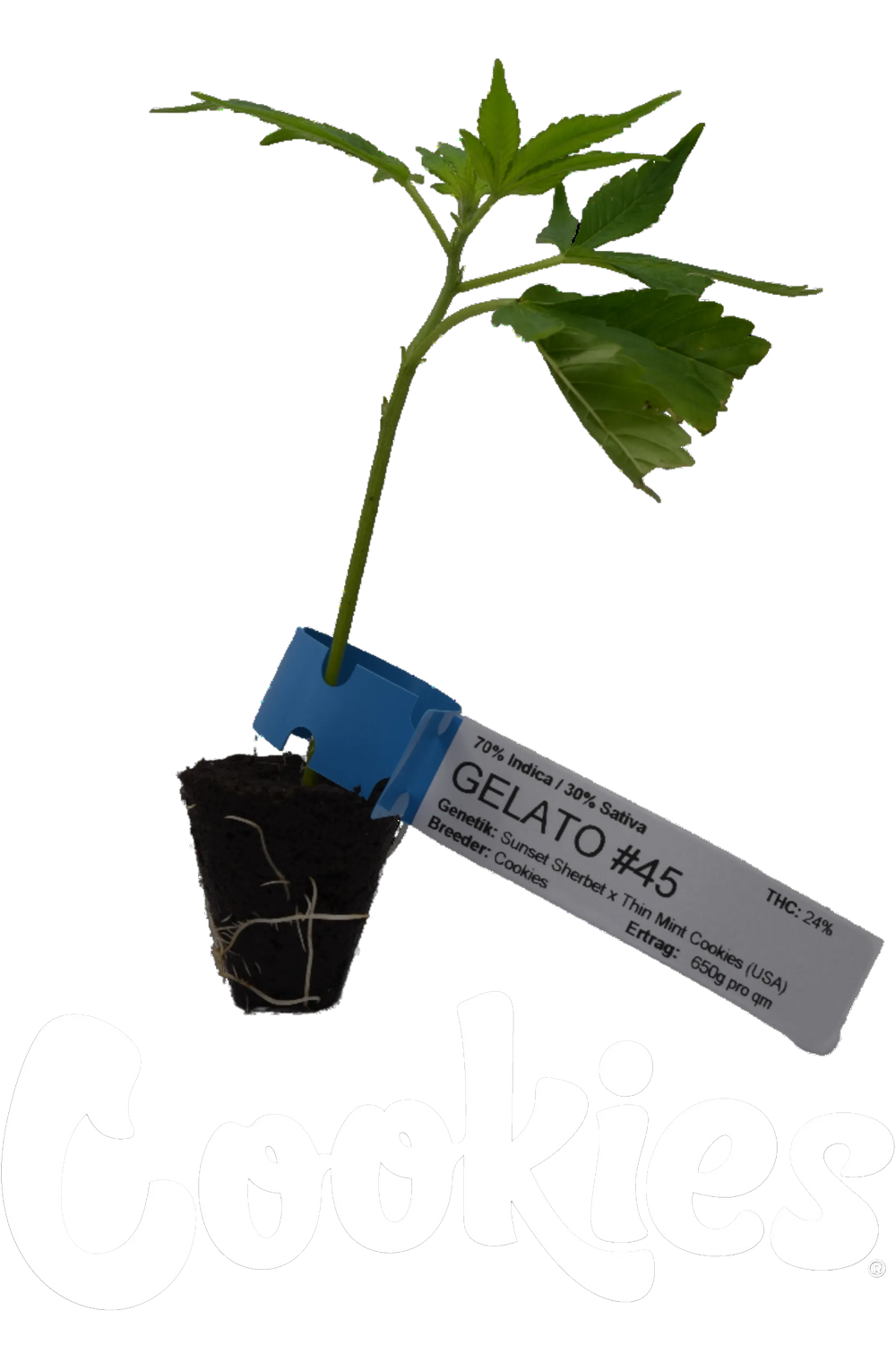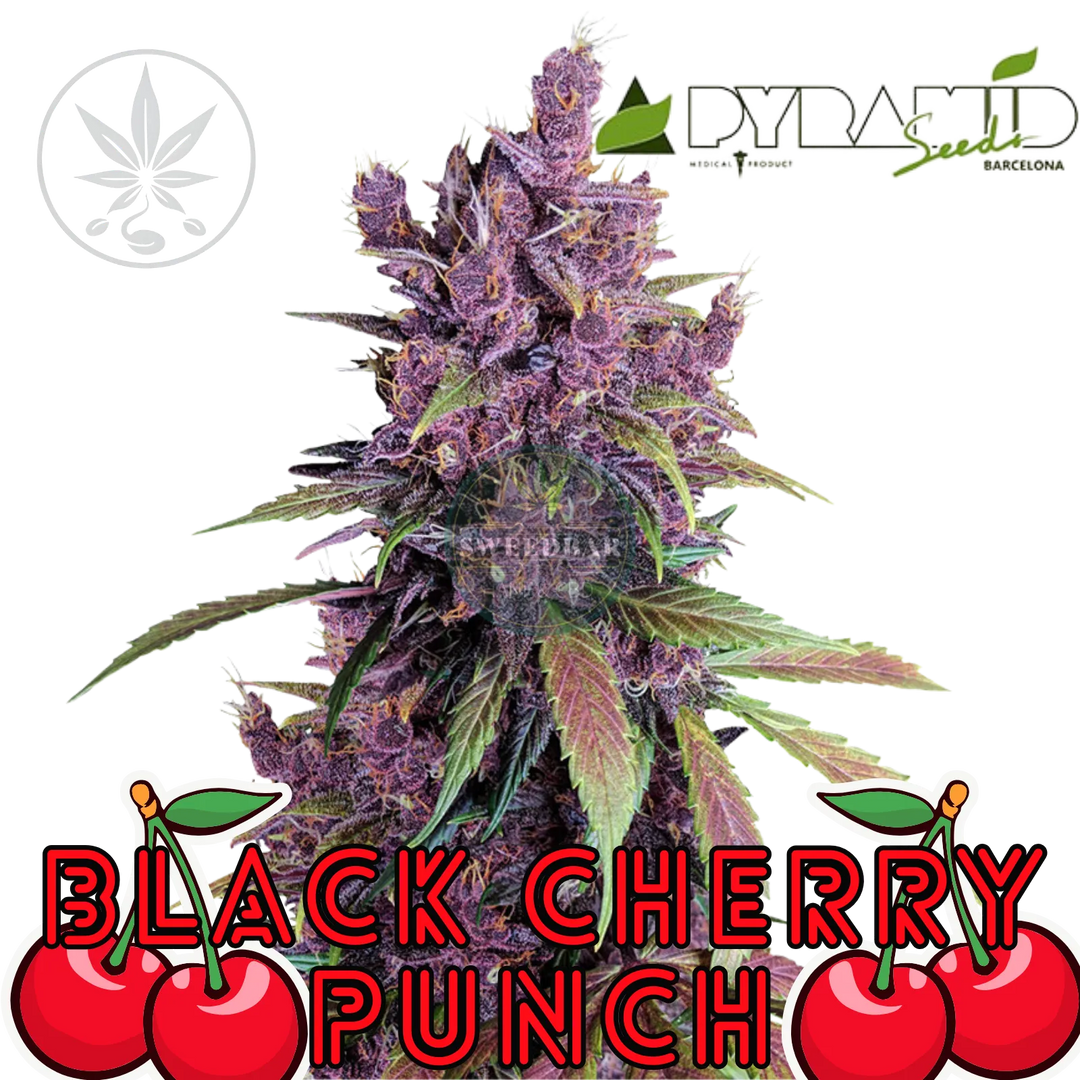Cannabis Mainlining – More Yield Through Optimal Training
If you want to get the most out of your cannabis plants, you should take a closer look at the Mainlining technique. With this method, the plant is deliberately pruned and trained to develop a symmetrical structure.
This approach not only ensures an even distribution of the Flowers, but also allows for more efficient use of light and nutrients. The result: larger, denser buds and an overall higher yield—without needing more space or additional lamps. Mainlining is a smart strategy, especially for indoor growers, to make the most of your grow space and improve the quality of your harvest.
What is Mainlining in Cannabis?
Mainlining is a specialized cultivation method where a cannabis plant is trained to develop a symmetrical structure. In this process, the young plants are pruned early and their main shoots are divided into evenly spaced branches. The advantage of this technique is improved light distribution, more efficient nutrient uptake, and ultimately higher yields.
Instead of a plant growing uncontrollably tall and producing uneven buds, mainlining ensures an even distribution of Flowers. This means all buds receive similar amounts of light and nutrients, resulting in dense, resin-rich Flowers.


Why is mainlining worth it with Cannabis?
Many growers choose mainlining because it offers numerous advantages. A uniform plant structure ensures that all Flowers receive an optimal amount of light. This maximizes the overall yield without the need for additional lamps or more space.
Another benefit is the control over growth. By training the plant early, you can precisely determine its growth direction. This not only promotes even development but also makes care and harvesting easier. In addition, the risk of mold or poor ventilation is reduced, since the plant grows more openly compared to natural, uncontrolled growth.
Featured collection View all
How to use mainlining correctly – a simple guide
To implement Mainlining successfully, it is important to proceed step by step. The process begins early in the plant's growth and requires some patience to achieve the best results.
- Topping the plant for the first time Once the plant has reached the third or fourth node, cut it above this point. This creates two even main shoots.
- Securing the new shoots – Gently tie the two main shoots to the sides to create a symmetrical base. You can use plant ties or soft wires for this.
- Performing additional toppings – Once the new shoots have developed further, top each main shoot again. This doubles the number of shoots each time.
- Regular training and care – To achieve the ideal growth form, gently secure the shoots repeatedly. At the same time, it is important to keep the plant healthy and watch for signs of stress or deficiencies.
- Distributing the buds optimally – When the plant enters the flowering phase, make sure all main shoots have enough space and are well lit.
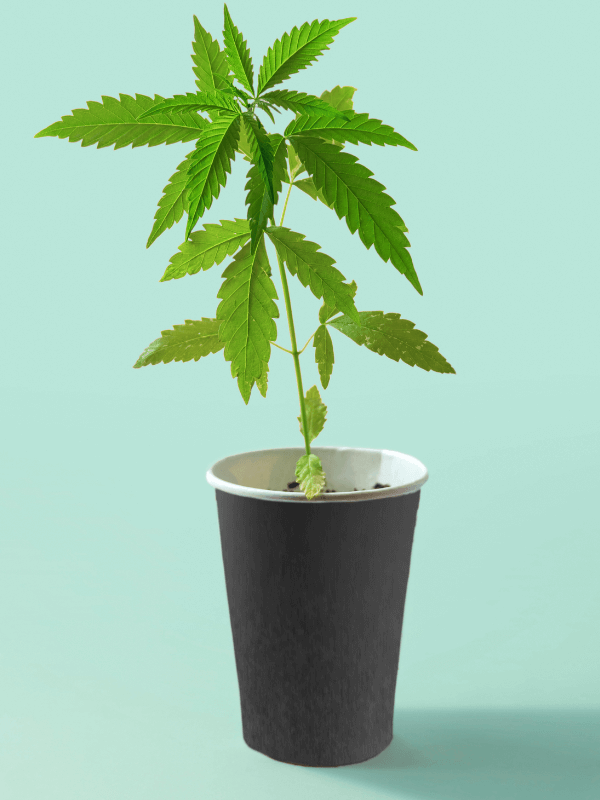
Mainlining vs. Topping
Many growers wonder whether Mainlining is really better than simple Topping. Both methods have their advantages, but there is a crucial difference.
With Topping, the main stem is cut so that several new shoots form. While this does make the plant bushier, the new shoots often develop unevenly.
With Mainlining, on the other hand, the focus is on creating a perfectly symmetrical structure. This not only makes the plant bushier, but also ensures more controlled growth, resulting in more even light distribution and therefore higher yields.
If you value efficient use of space and uniform development, you will clearly benefit from the Mainlining technique.
Cuttings View all
Avoid common mistakes when mainlining
Although Mainlining is an effective technique, there are some mistakes that can affect your success. A common mistake is topping the plant too early. If the plant is not strong enough yet, it may not recover well from the cut and will grow more slowly.
Another issue arises if the plant is not trained regularly. Mainlining requires continuous monitoring of the growth direction. If the shoots are not properly secured, the plant can start growing uncontrollably again and you lose the intended benefits.
Overestimating the growth rate can also cause problems. Some growers top their plants too quickly in succession without giving them enough time to recover. This can cause stress and slow down growth.
How long does mainlining take?
The entire mainlining process takes a bit more time than natural growth. Since the plant is topped several times and needs to recover between each cut, the vegetative phase can be extended by a few weeks. However, this extra time pays off, as the plant will ultimately yield significantly more than without training.
A great way to track growth is by documenting it with photos or time-lapse recordings. Many growers film their plants over several weeks to later observe the impressive development.


